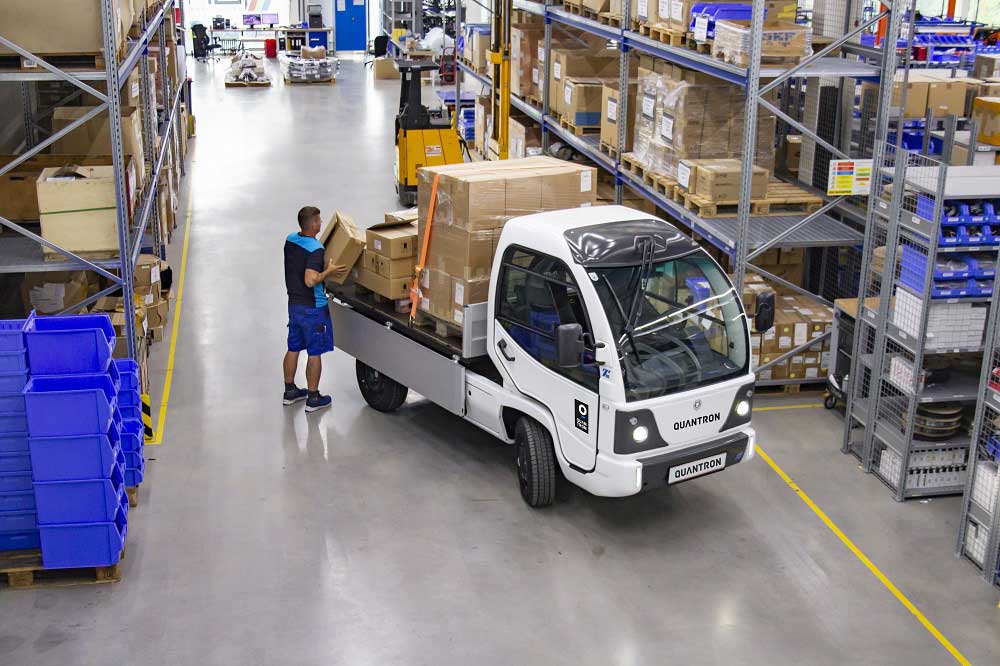In November, TransMilenio in Bogotá, selected Scania to deliver 481 Scania Euro 6 gas buses – the cleanest and most silent buses on the market. In the continued renewal of the city’s Bus Rapid Transit system, Scania has now been selected to supply a further 260 gas buses, bringing the total to 741 buses. Scania will hereby supply a majority of buses for the renewal programme.
Bogotá is replacing its earlier Euro 2 and Euro 3 buses with the latest in low-emission technology. Scania’s Euro 6 gas buses represent a huge leap in cleaner technology compared with these older-generation buses but also in relation to the more recent Euro 5 emissions standards. In operations with the new Scania gas buses, carbon emissions will be up to 20 percent lower while emissions of particulate matter will be two to three times lower. Emissions of nitrogen oxide are four to five times lower than Euro 5.
The bus network, originally established in the early 1990s, encompasses 12 lines totalling 112 kilometres, with 1.7 million passenger journeys every day. The latest public tender has focused on the 18-station Américas BRT line, which will be operated by Masivo Bogotá. They will go into operation during the second half of 2019 and the first half of 2020.
“This latest big order demonstrates Bogotá’s commitment to substantially reducing pollution,” says Juan Carlos Ocampo, Scania Colombia’s Managing Director. “We are obviously pleased by the confidence placed in Scania and our low-noise’ low- emission technology.”
The 260 bi-articulated Scania F340 HA 8×2 (340 hp engines) have a capacity for 250 passengers. All buses will be bodybuilt by the Colombian bodybuilder Superpolo Scania will be responsible for providing maintenance services for the buses.
Since 2015, 227 Scania Euro 6 gas buses have operated in the Colombian city of Cartagena.
Bus Rapid Transit (BRT) systems improve capacity and reliability compared to conventional bus operations. BRT systems feature bus-only corridors that ensure that buses are never delayed due to mixed traffic congestion. Passengers pay fares at the station, instead of on the bus. There are BRT systems in more than 160 cities globally, most are found in Latin America.










